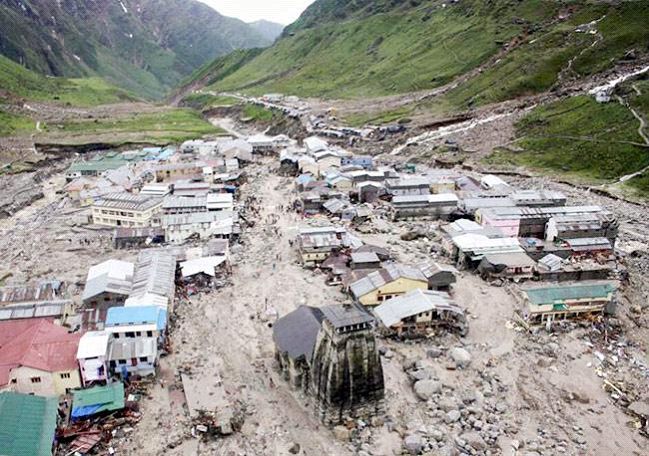By Sarah-Claire Jordan
 The last thing anyone wants to deal with in an emergency situation is a language barrier. However, there isn’t a place in the world where everyone there at any given moment speaks the same language. This might be due to high immigrant populations or the fact that an area attracts many tourists, or both. The globalization of our world is more and more apparent, and we need to keep up with its pace by providing linguistic solutions.
The last thing anyone wants to deal with in an emergency situation is a language barrier. However, there isn’t a place in the world where everyone there at any given moment speaks the same language. This might be due to high immigrant populations or the fact that an area attracts many tourists, or both. The globalization of our world is more and more apparent, and we need to keep up with its pace by providing linguistic solutions.
The recent events in Japan and Ecuador, in addition to the increasing frequency of natural disasters in the world in the last several years, have shown just how much we need to be on top of the way we handle these situations. Clear communication is one of the most important things when it comes down to trying to save people and prevent dangerous situations.
Foreign aid organizations have figured out some ways to get around language barriers that occur when disaster strikes in an area where people with linguistically-diverse backgrounds are. These methods include using booklets, apps, and even picture boards that have no words at all but are still quite clear. Another way to get important information across is using videos that show exactly what should be done in certain situations. Temporary tattoos have also proved to be useful for identifying and keeping track of people in emergency situations where language barriers rear their frustrating heads.
However, all of these methods only provide rudimentary communication, and wouldn’t be very useful for communicating more complex ideas. This is where translation steps in and helps to save the day. If these organizations worked with translators to create pamphlets, booklets, videos, and more in as many languages as possible, a lot of the fears and anxieties that rescued people and their rescuers have to fight against would be much less of a burden. When you realize someone is there who has a way to communicate with you beyond just the basics, you feel the person is more trustworthy and are more willing to follow their lead.
Interestingly enough, all of this same information could be used by sectors that do not specialize in handling emergency situations. For example, hotels and other businesses that cater to tourists could benefit greatly from providing translated materials about how to handle an emergency situation. Though hotel workers generally tend to have some knowledge of the most common languages spoken by the tourists who stay with them, some things can slip through the cracks or explained in a confusing way. Pamphlets handling this important information places strategically in rooms, near exits, and at the front desk would take care of many possible miscommunications.
Just like in any situation, communication is key, and the clearer the better. When you add fear and uncertainty to the mix, it becomes all the more critical. Translators may not be the ones out there risking their lives to save the lives of others, but they can do their part, which is just as important.




